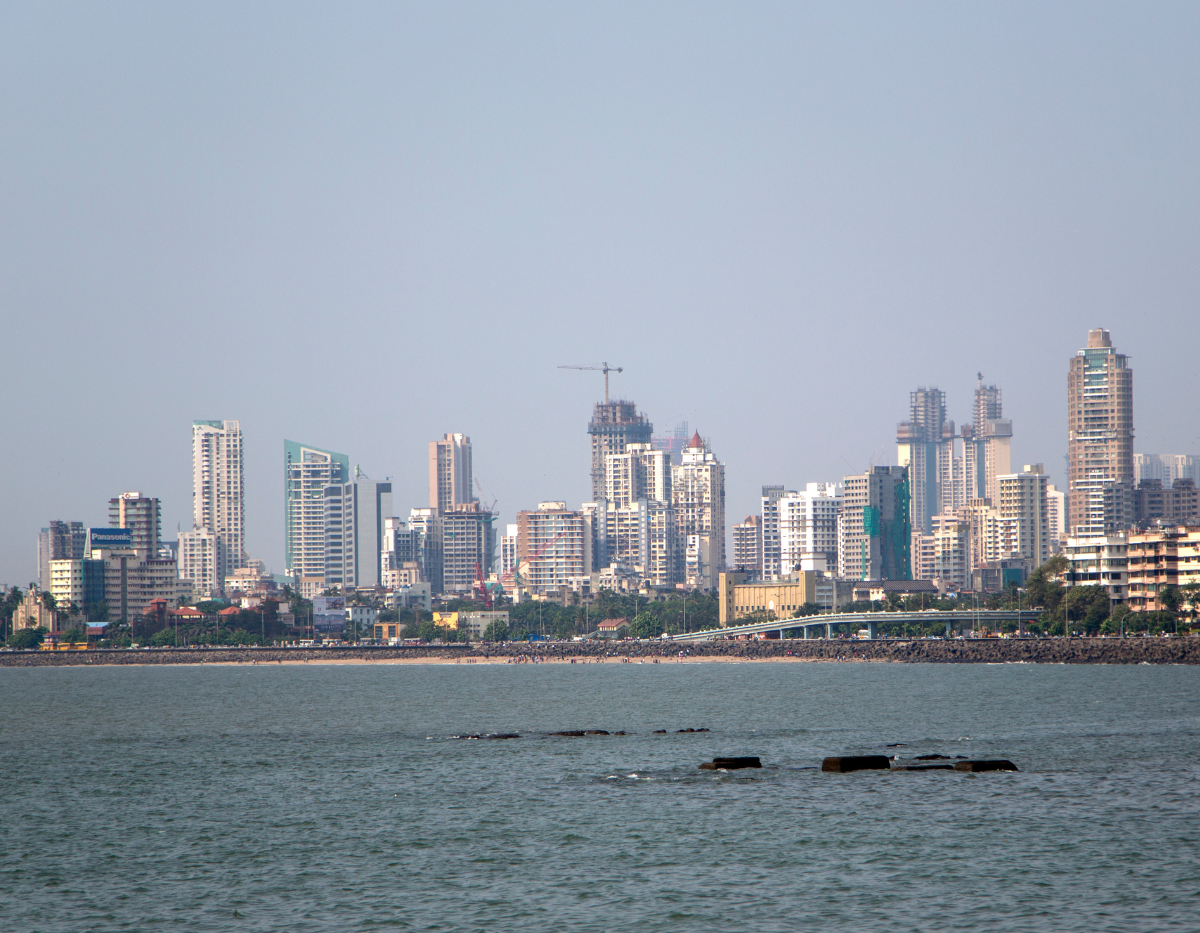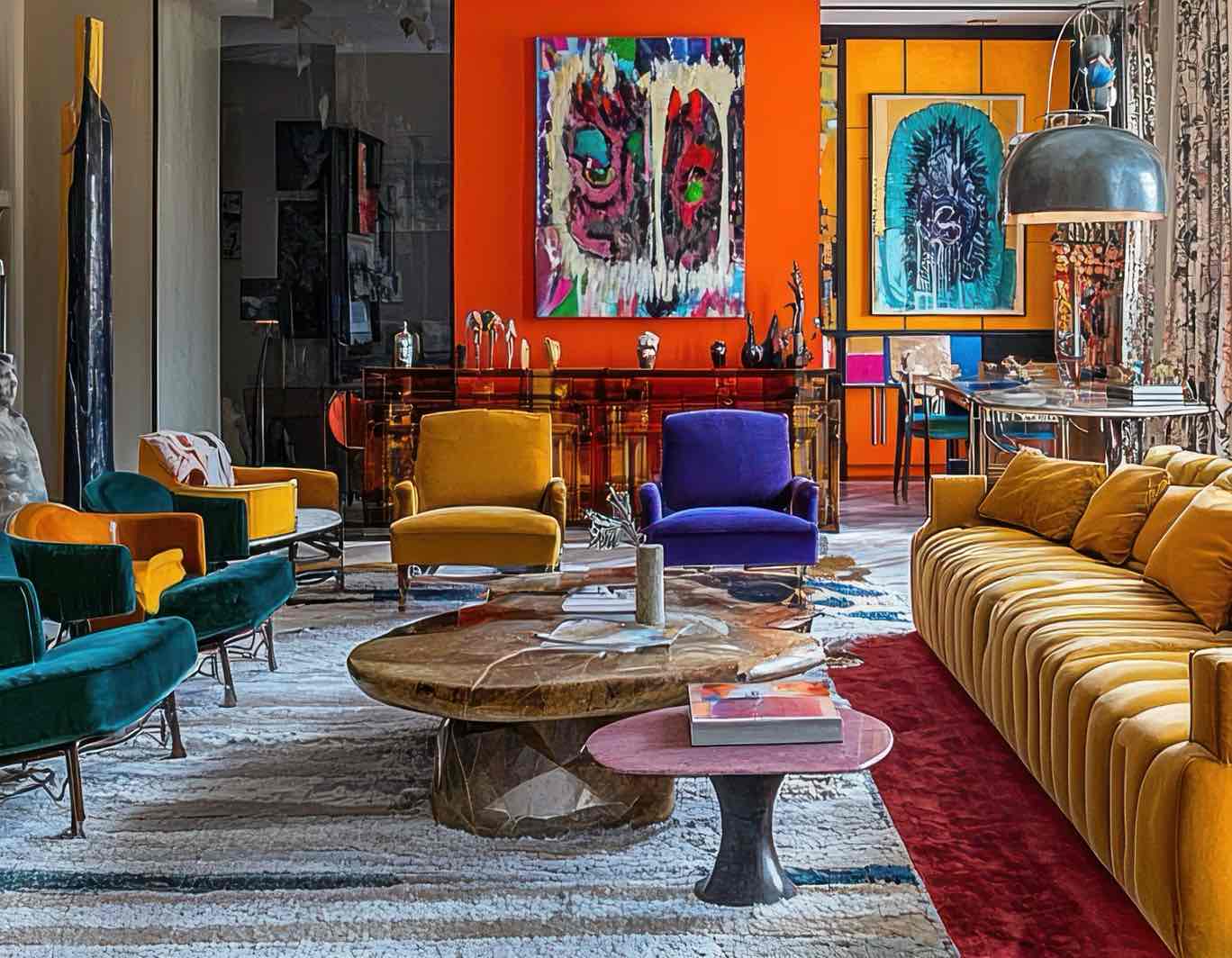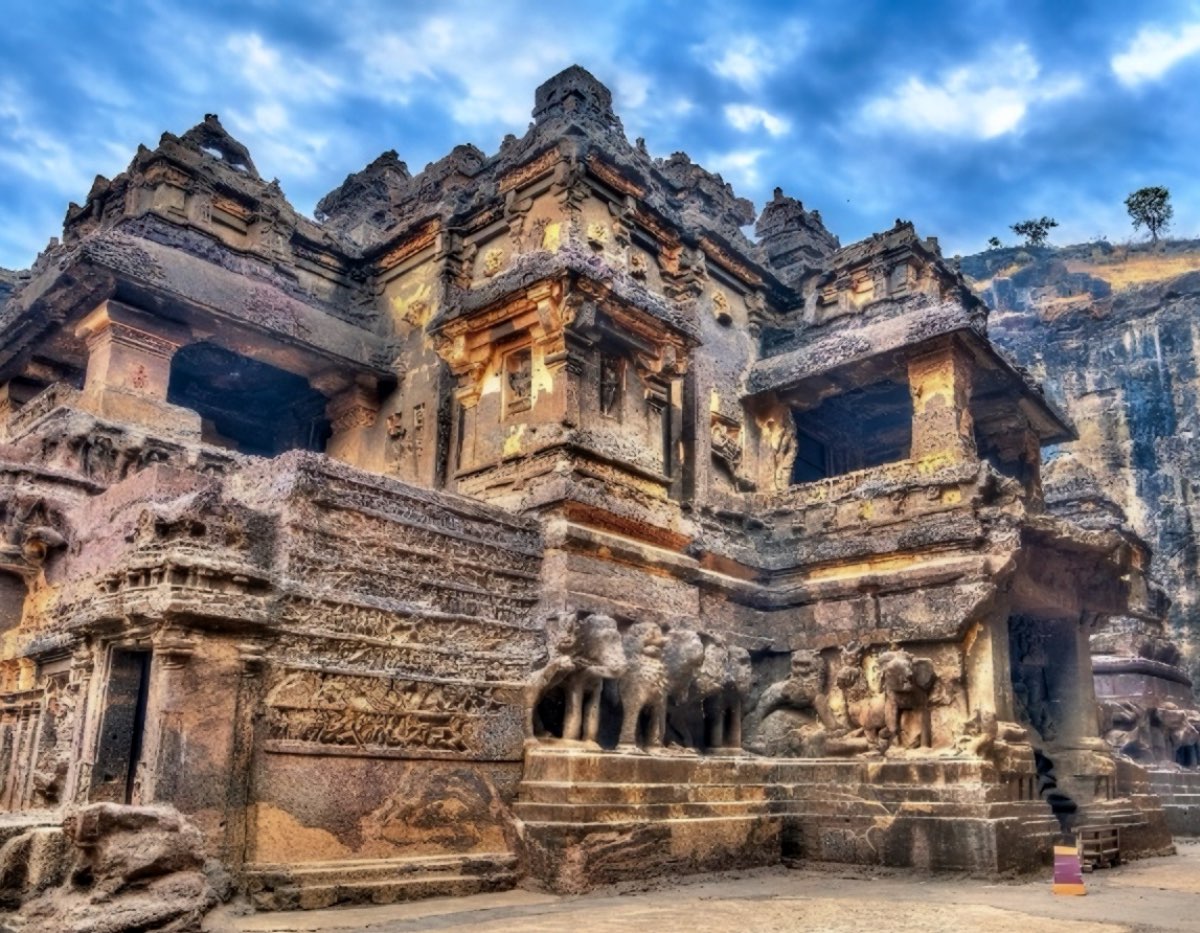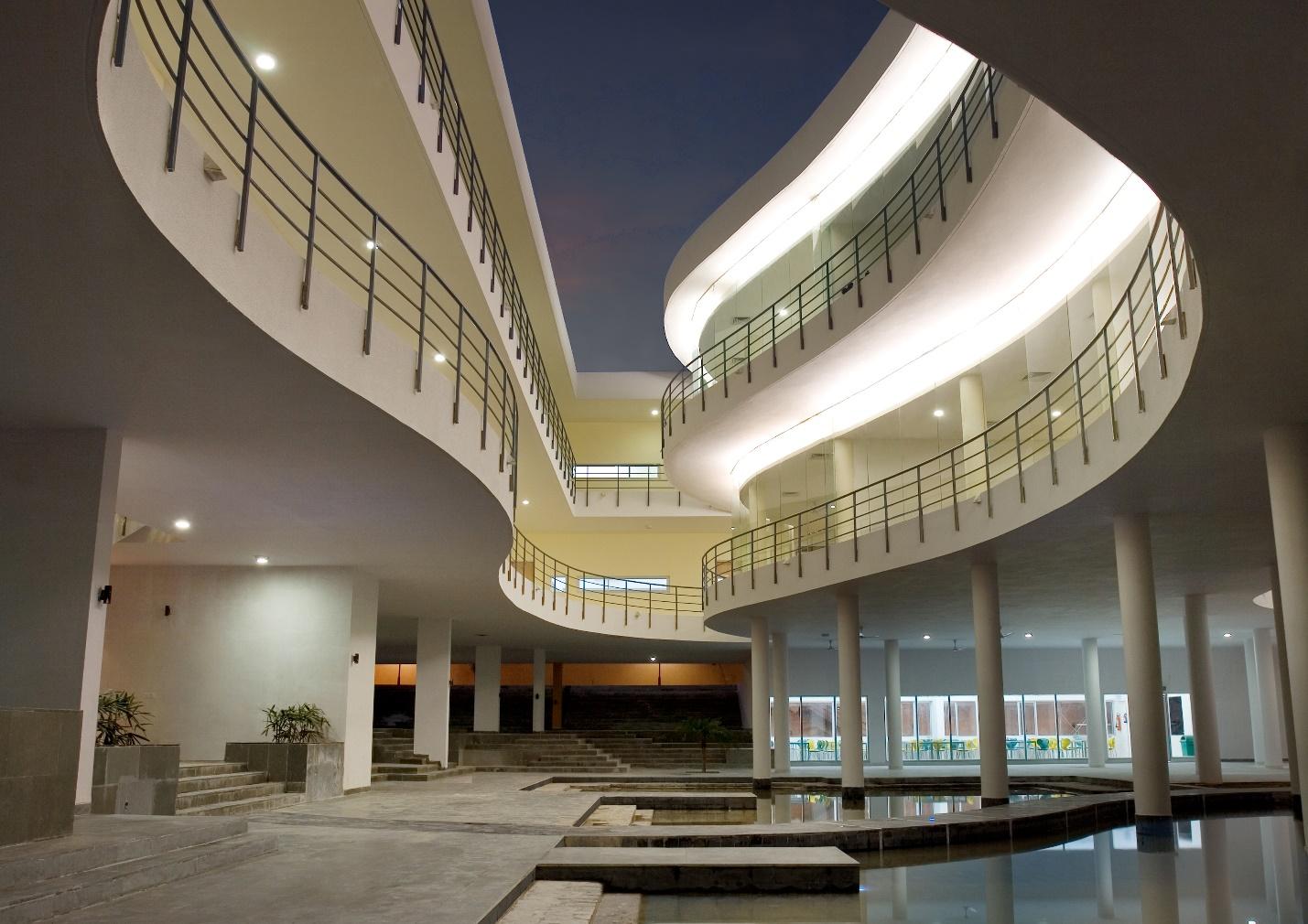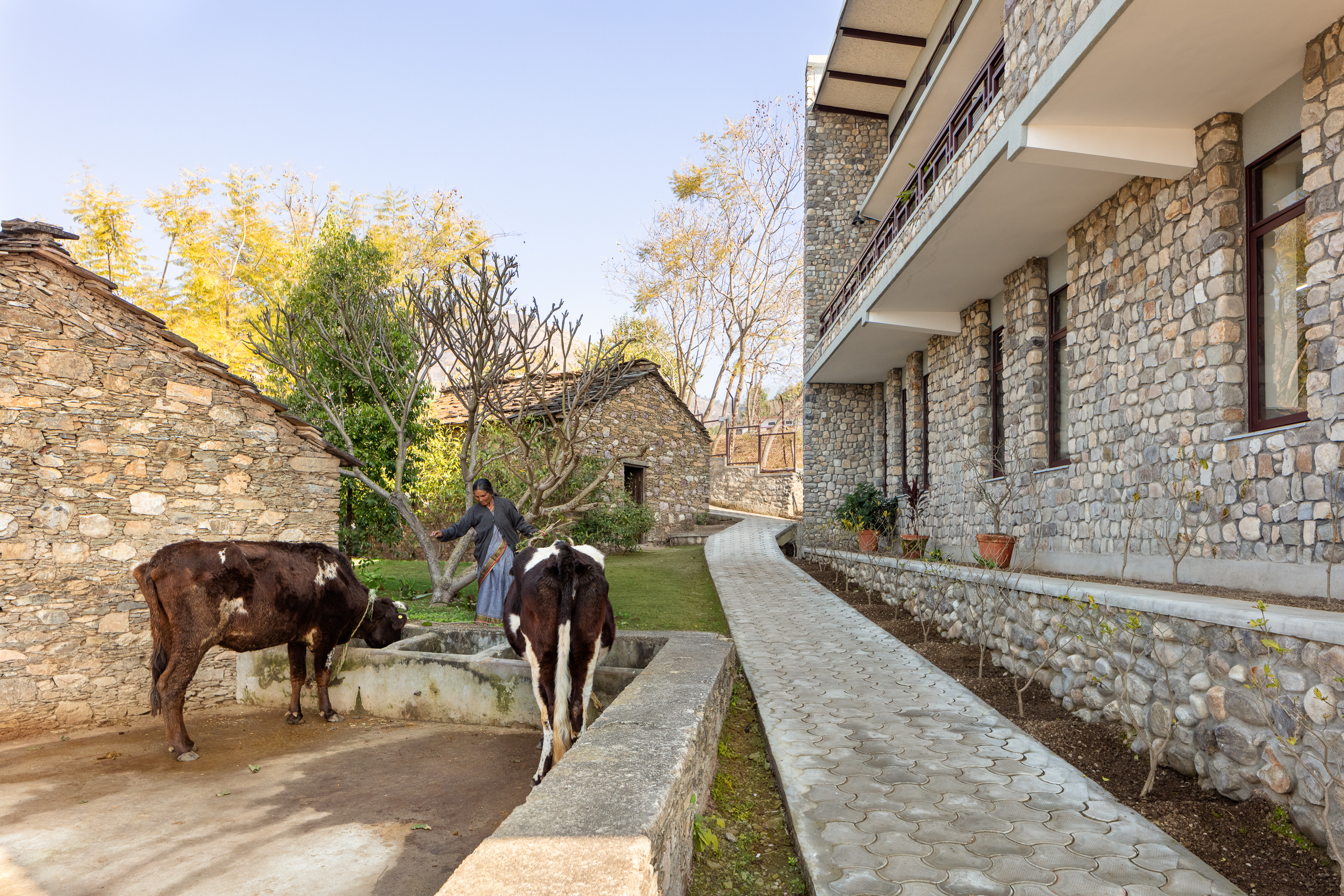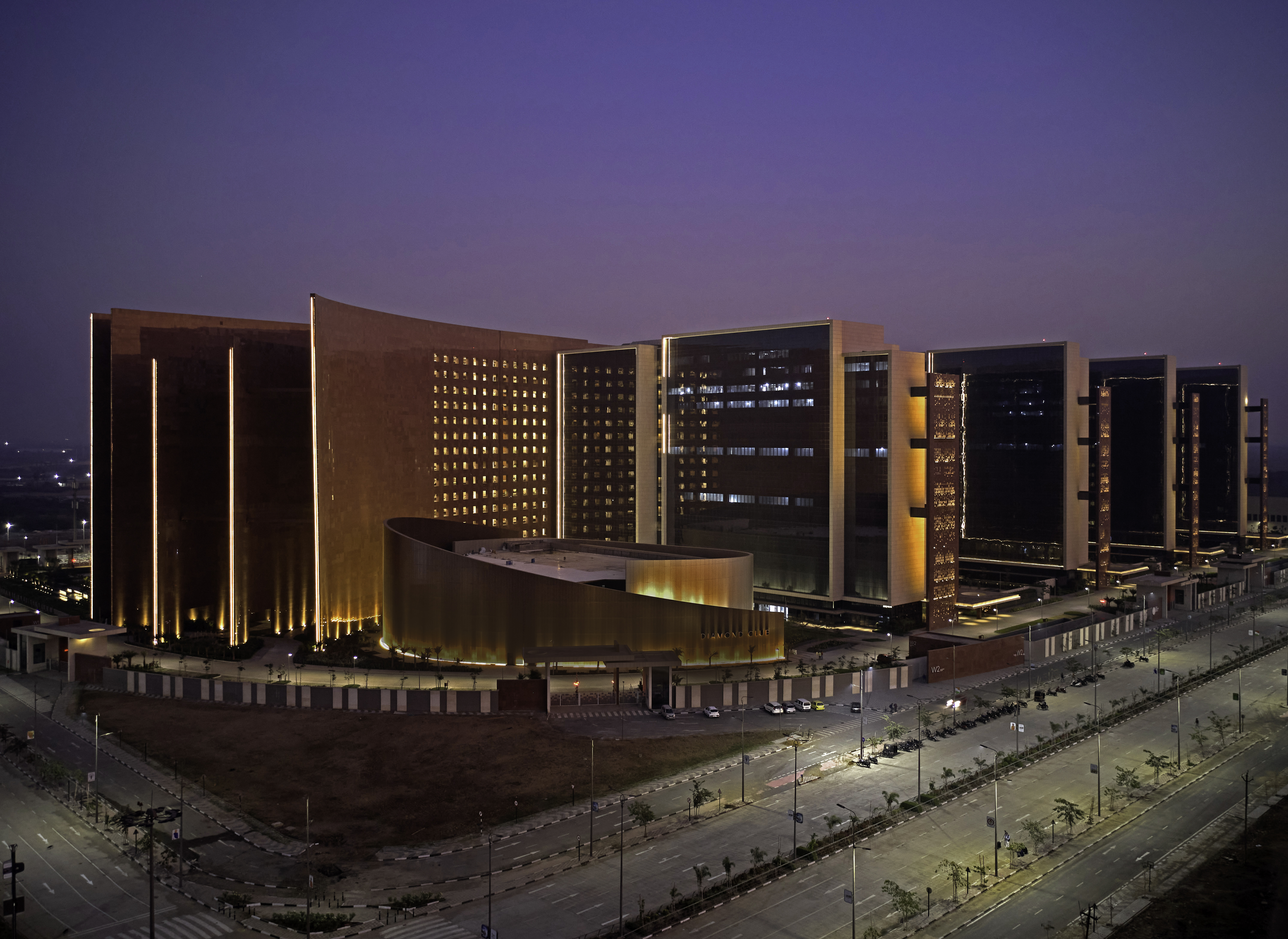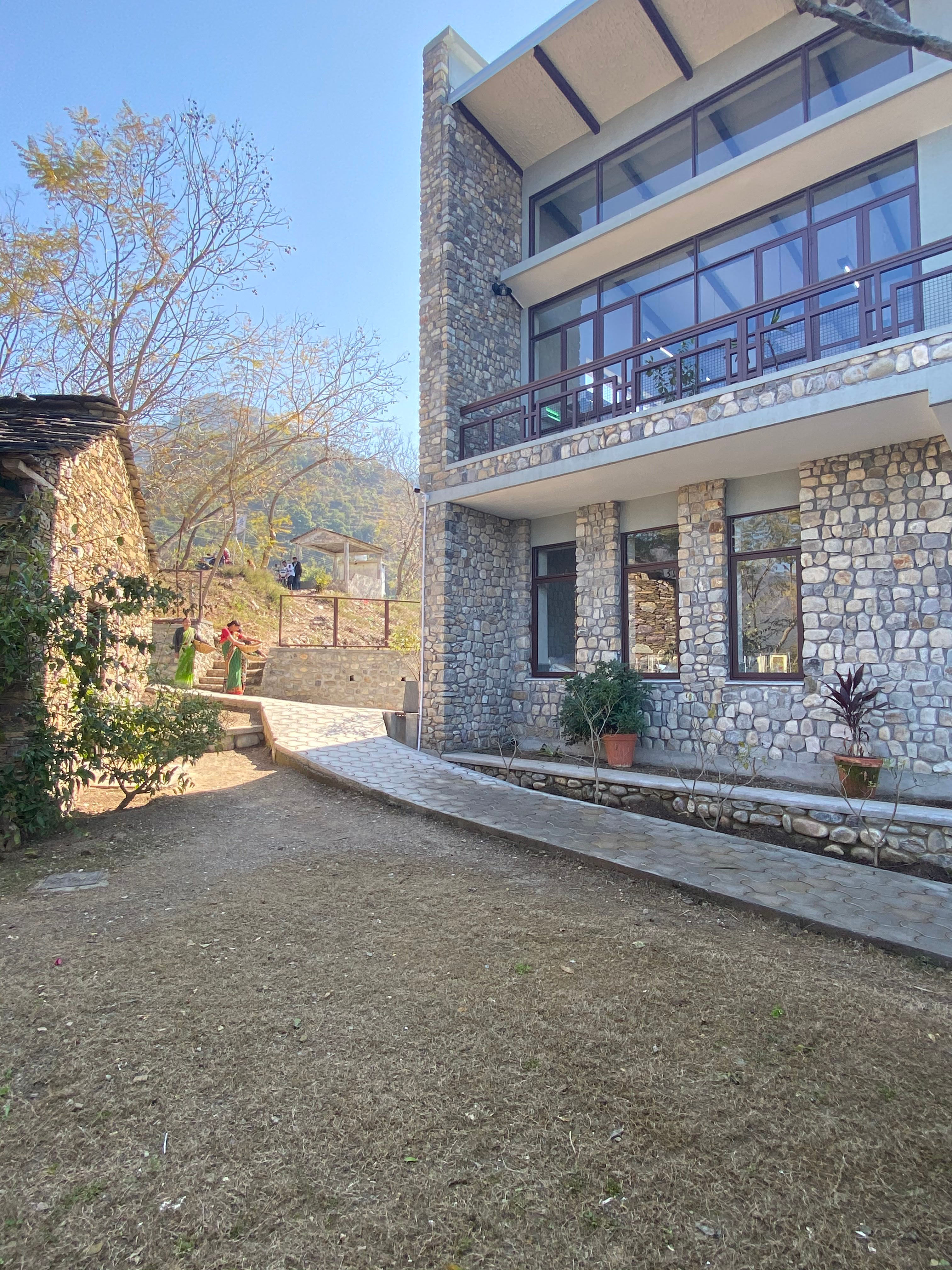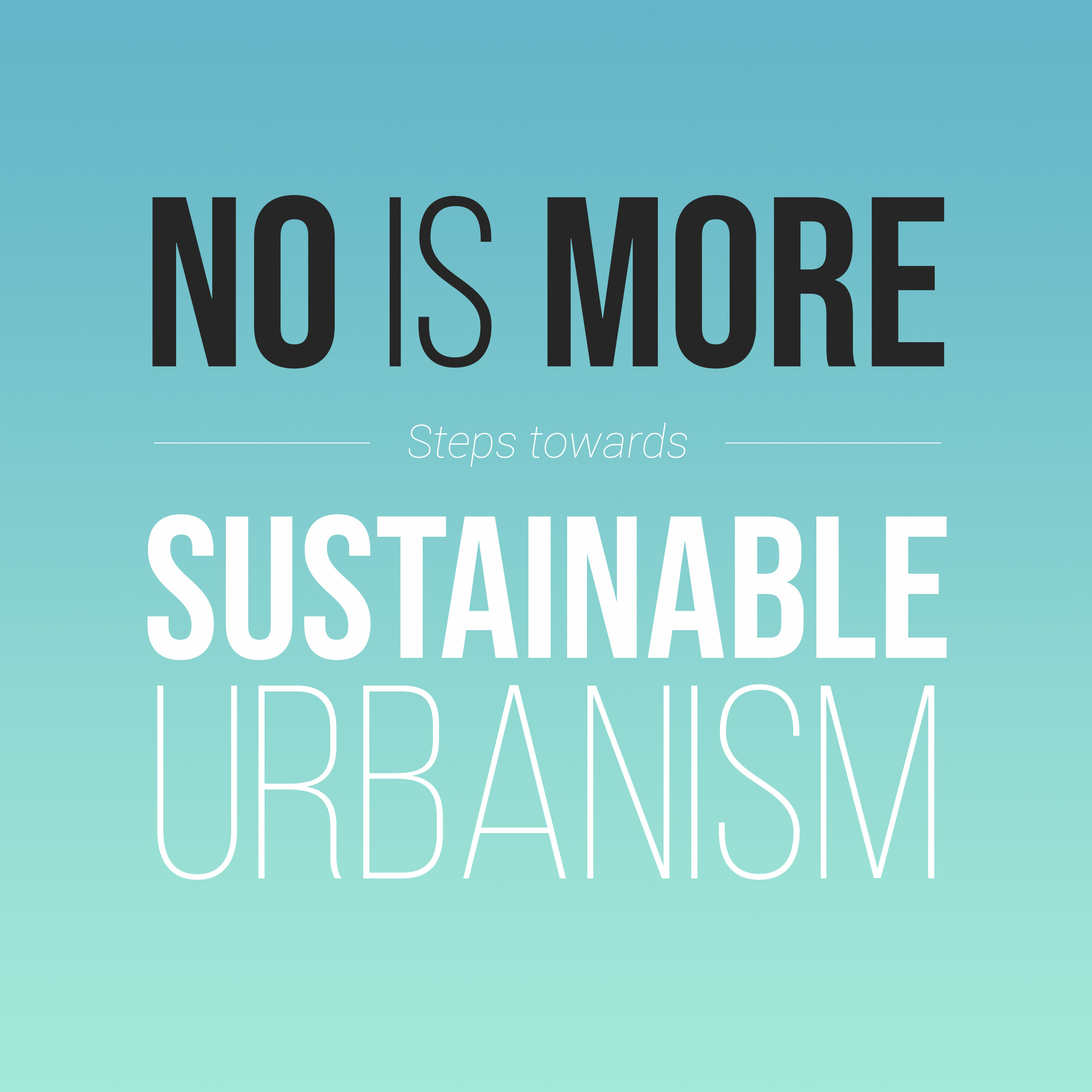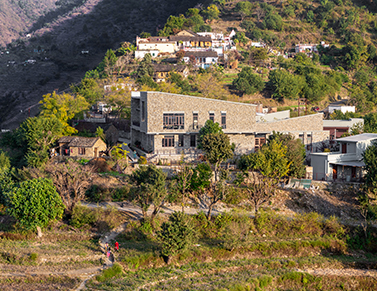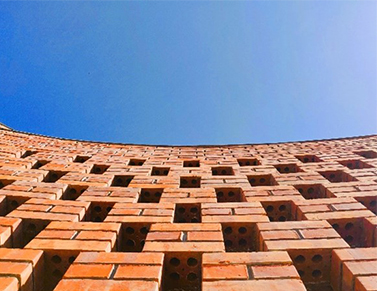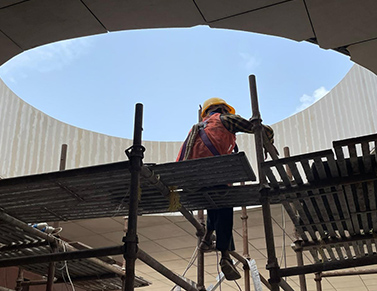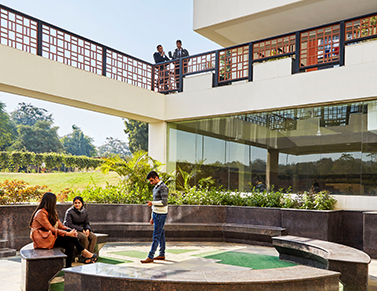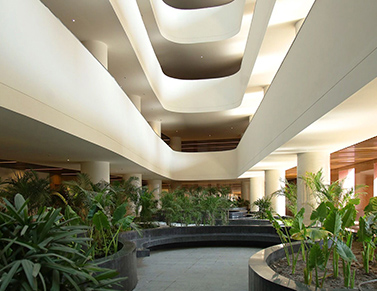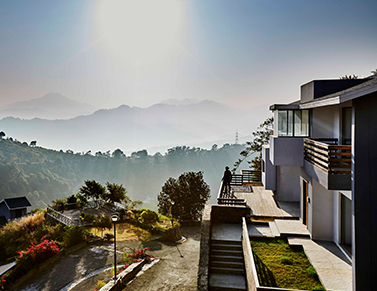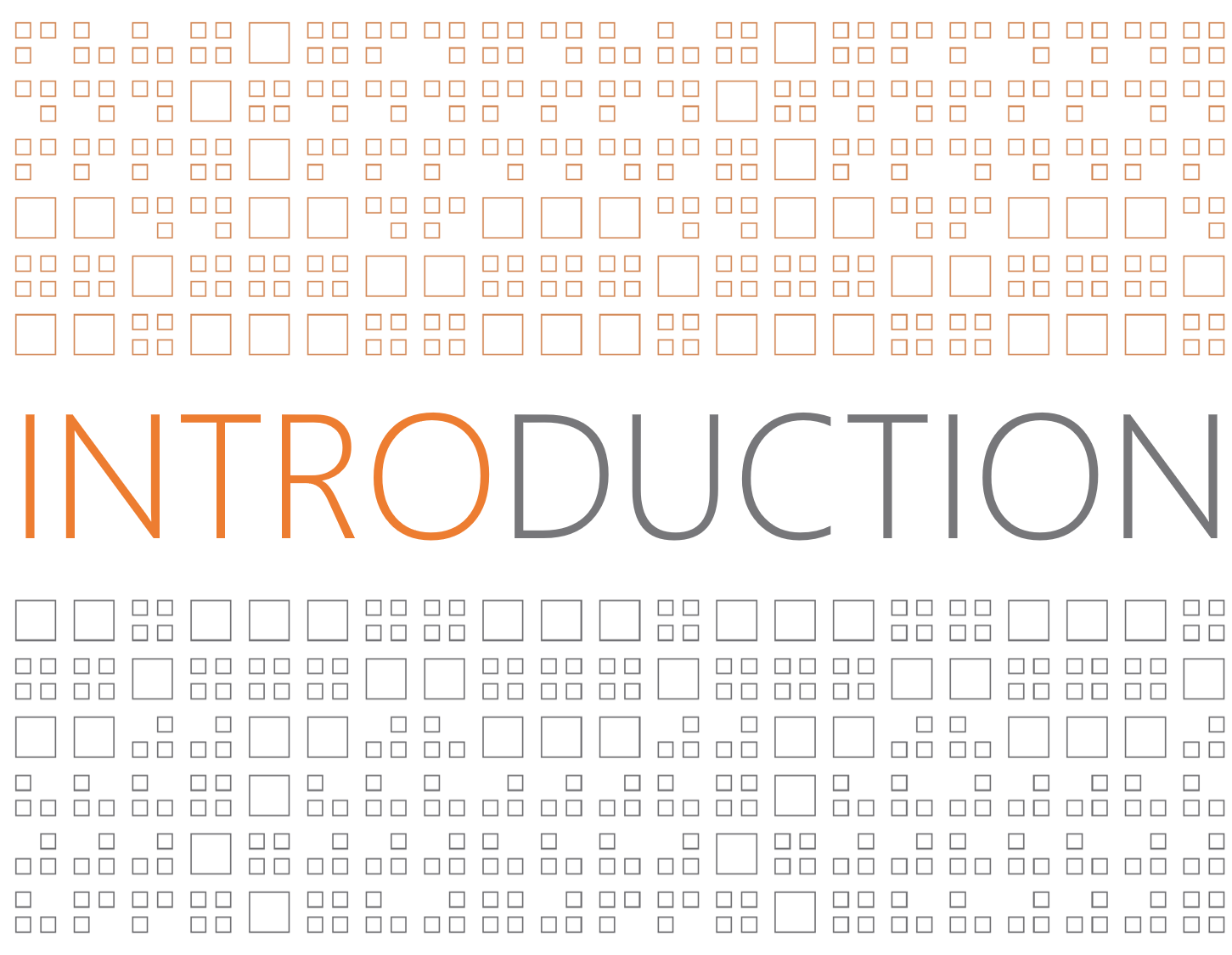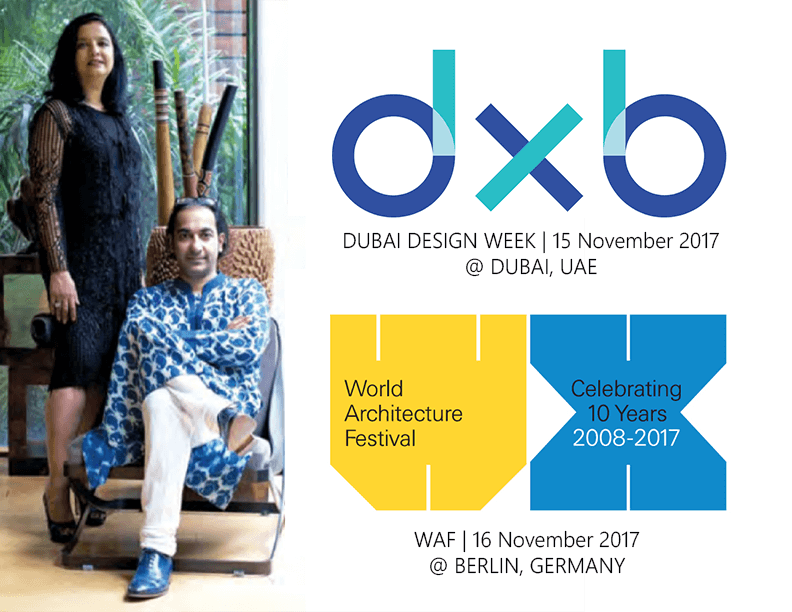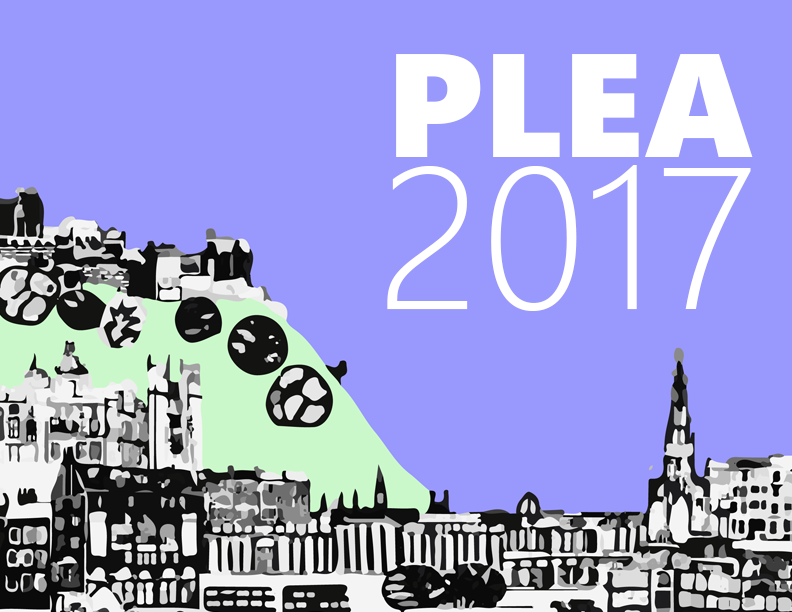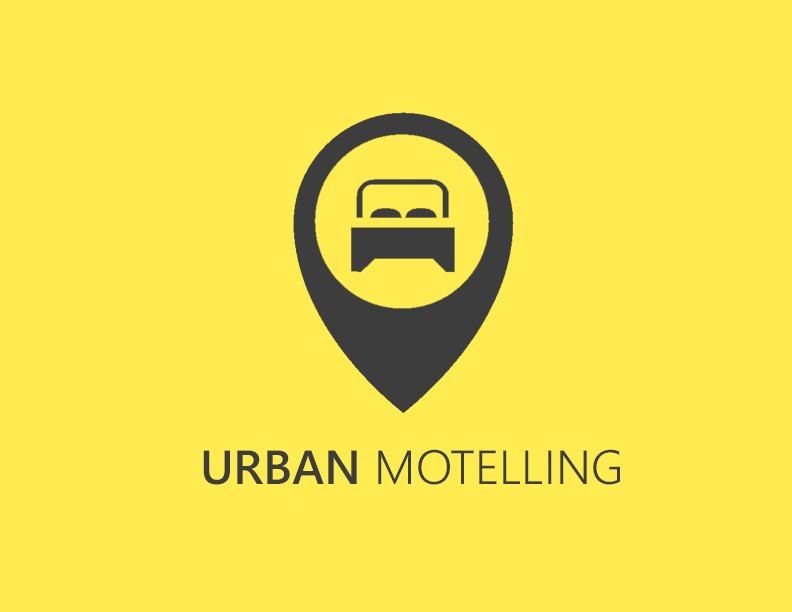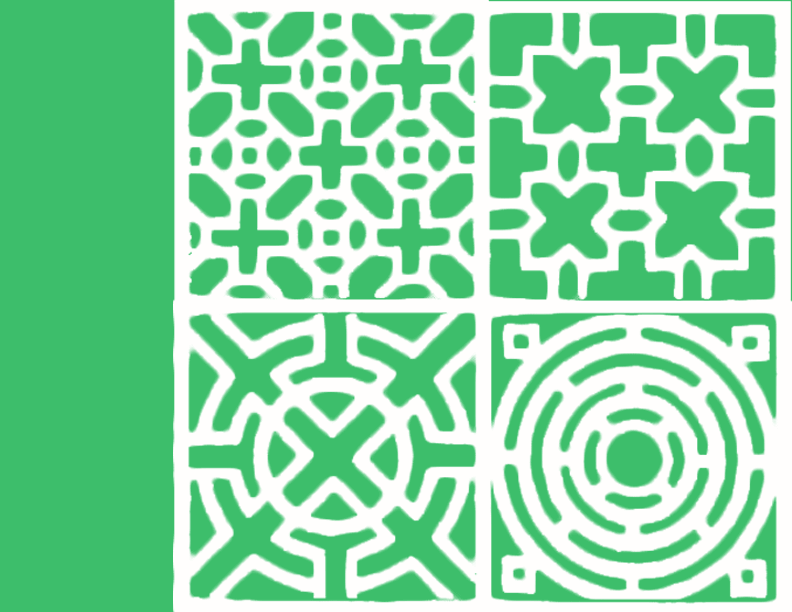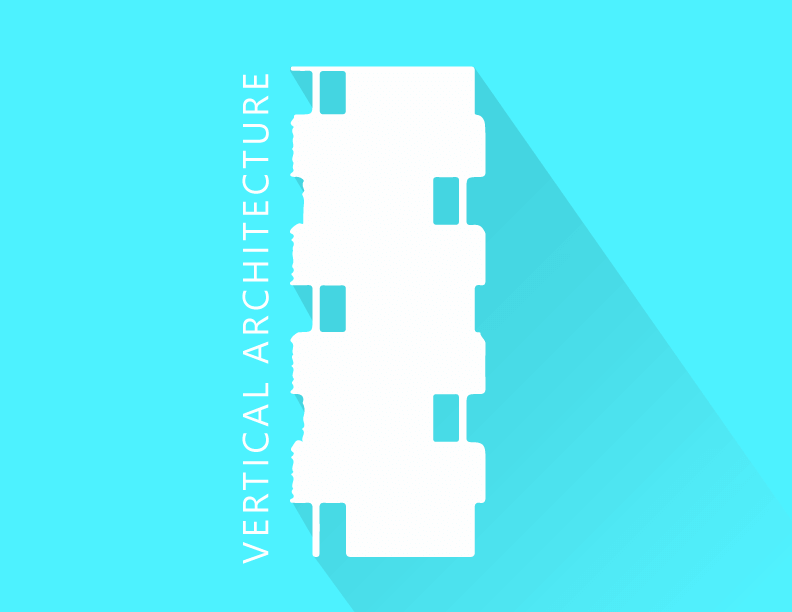Why intent-driven design -not just speed – is the only viable path through India’s unprecedented urban expansion.
India is undergoing the fastest urban build-out in human history. By 2040, an estimated 70% of the infrastructure that Indians will inhabit does not yet exist – a staggering projection from McKinsey.
This isn’t just a statistic – it’s an ethical and professional challenge. If our response is to simply build faster, we risk reproducing the same urban failures at greater scale. But if we use this moment to design with foresight, the opportunity is nothing less than a reinvention of the Indian city.
Table of Contents:
1. Developers as City-Shapers, Not Lot-Fillers
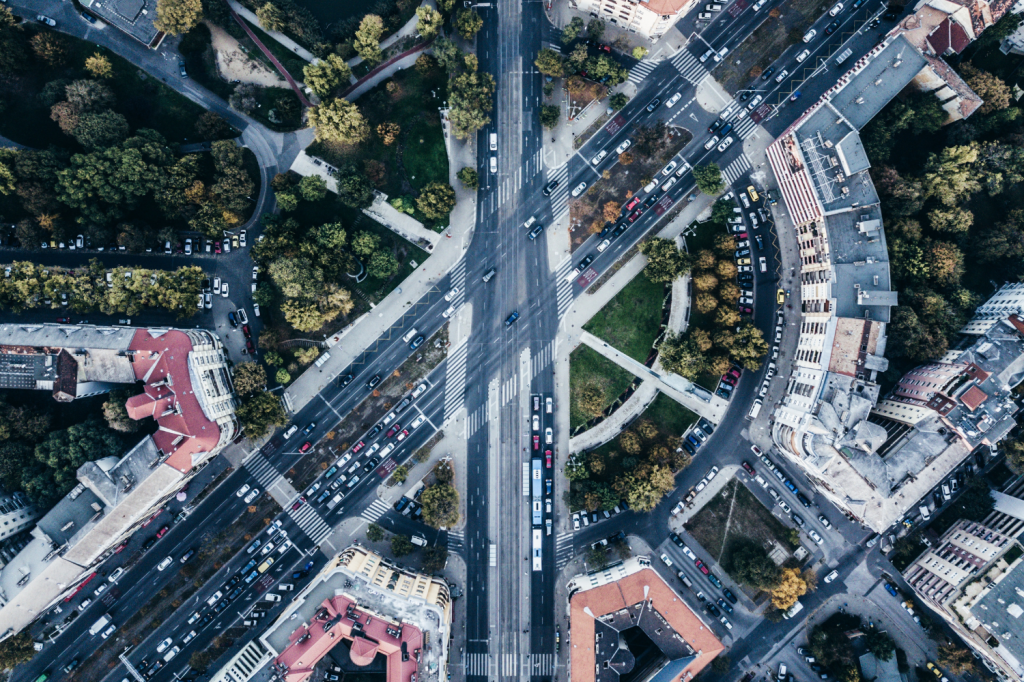
The current pace of construction places developers in a transformative role. They are no longer building within the city – they are, in effect, building the city. This shift demands a move beyond short-term plot optimization toward a broader urban vision.
Consider the Wipro Campus in Hyderabad by Morphogenesis: four high-rise towers were not just stacked for efficiency but deliberately rotated to generate shaded courtyards, modulate the microclimate, and frame public spaces for over 11,000 users. Here, density is not a liability but an opportunity – where passive cooling, social infrastructure, and pedestrian networks are embedded by design.
2. Hybrid Programmes Outperform Single-Use Silos
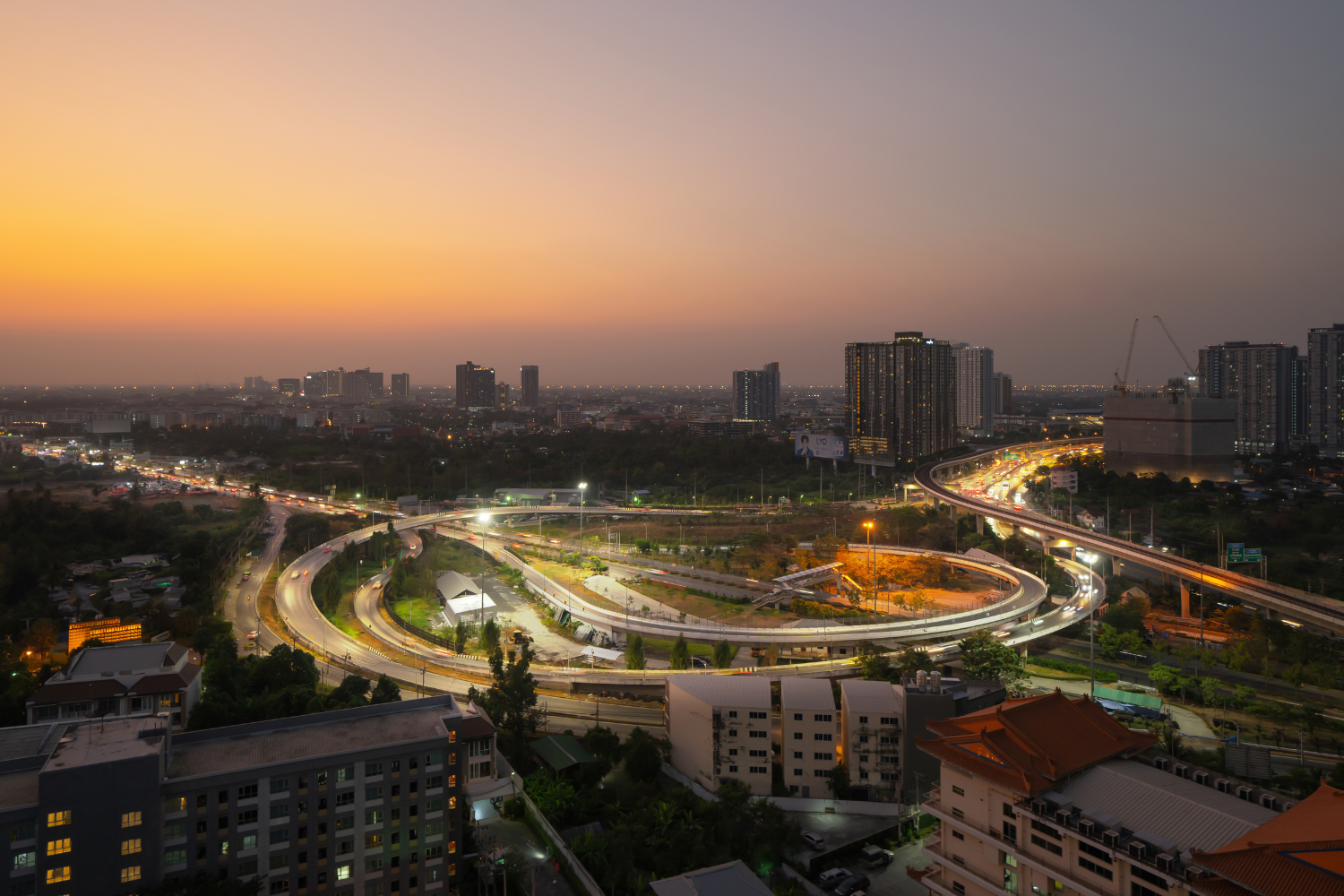
India’s rapid urban migration has disrupted the rigid zoning models inherited from the twentieth century. Life and work now interlace, commute patterns fragment, and public space is at a premium. Single-use master plans whether isolated office parks or residential enclaves – are no longer suited to this dynamic.
The alternative is hybrid programming: integrating housing, commerce, culture, and civic life in one cohesive footprint. Mixed-use transit hubs can reduce travel time and carbon footprint. Retail and public services can co-locate, reviving underutilized corridors. The result is not just urban efficiency, but urban vitality – where daily routines and serendipitous encounters animate streets, plazas, and nodes.
3. Climate-Responsive Design Is Mainstream Economics
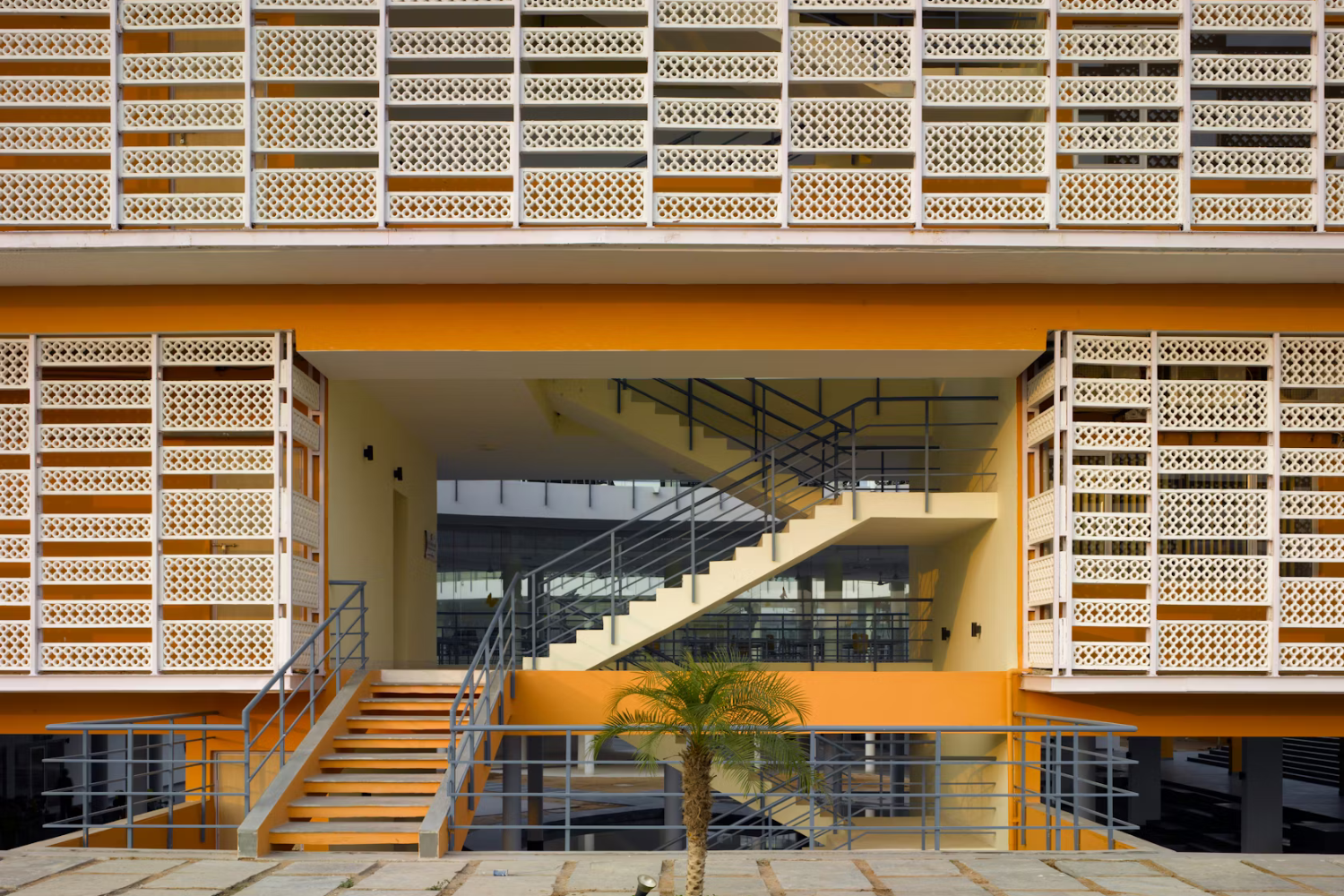
In a warming, resource-constrained world, buildings that require excessive mechanical intervention to function are not just environmentally unsound – they are financially irresponsible. Climate-resilient architecture is no longer a moral add-on; it is operational logic.
Design decisions like passive solar orientation, deep eaves, high-performance glazing, and operable fenestration do the bulk of the work. When these strategies are prioritized, HVAC loads drop, cap-ex is reduced, and long-term O&M costs stabilize. This is no longer guesswork – energy modeling and life-cycle analysis now affirm what vernacular design long practiced: architecture must align with climate, not compete against it.
4. Inclusion Is Urban Resilience
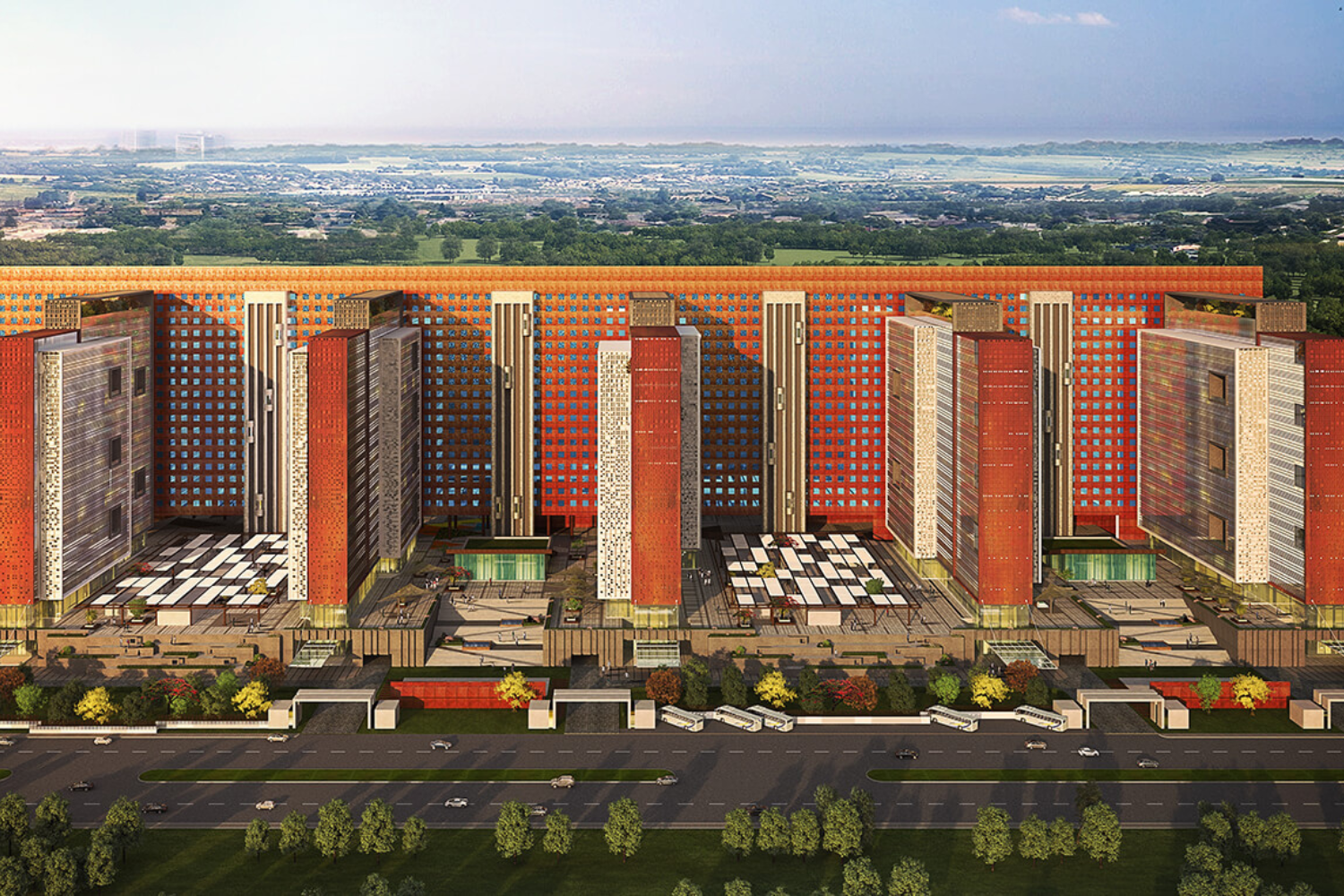
India’s urban vibrancy depends on its informal, layered economy – street vendors, domestic workers, gig labor, micro-entrepreneurs. Yet many developments and master plans treat these actors as friction to be excluded, rather than assets to be designed for.
Projects that incorporate informal uses not only support livelihoods but also foster continuity, safety, and trust. Strategies include permeable site boundaries, ground-floor retail spaces reserved for local businesses, and generous arcades or thresholds that accommodate hawker activity. Such interventions transform private developments into shared civic assets – living parts of the city rather than isolated fragments.
5. Technology Is a Means, Not a Trophy
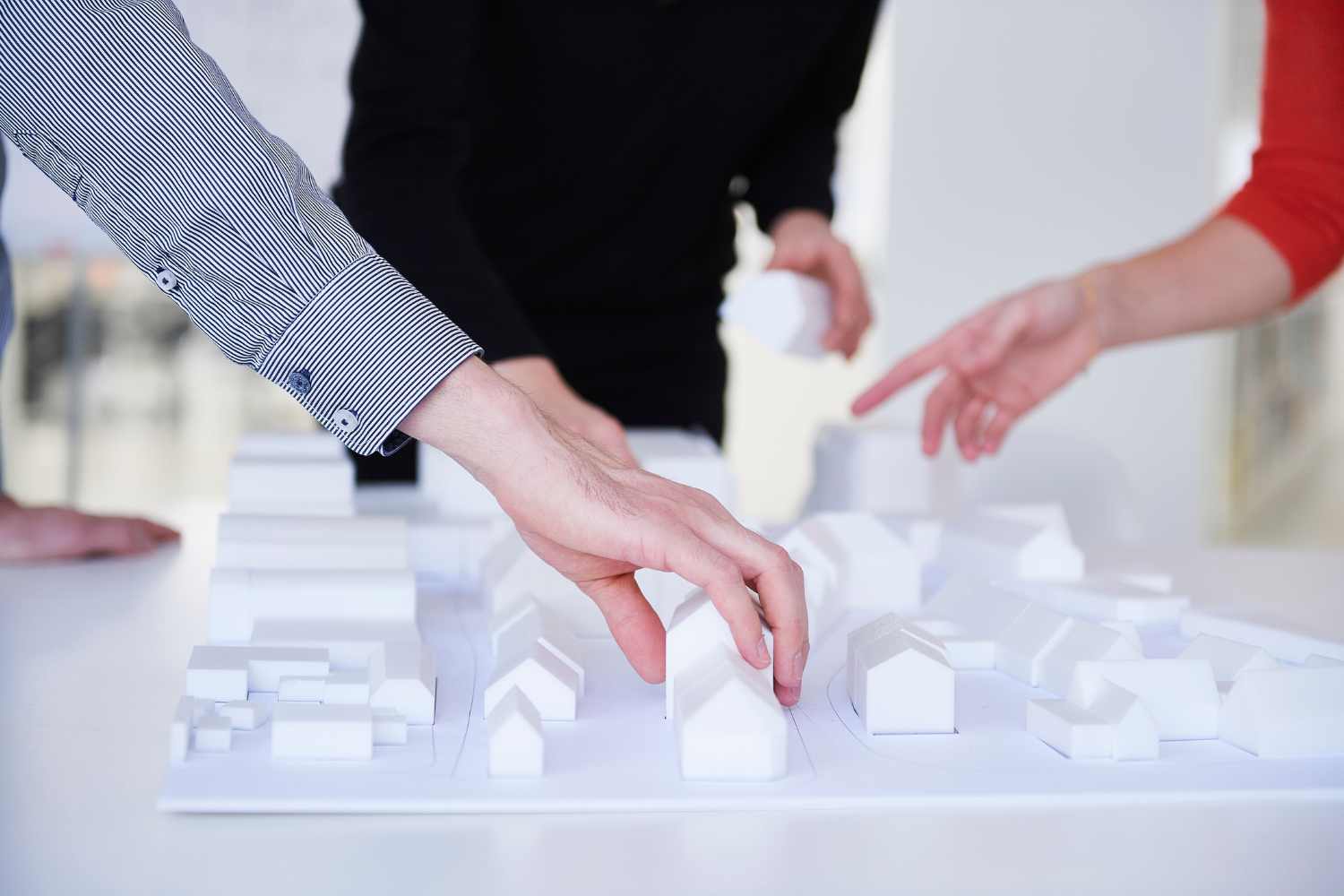
The construction sector is rightly embracing digital tools – from BIM to AI-assisted scheduling to modular precast systems. These innovations can streamline timelines, reduce waste, and elevate quality. But their true value lies in what they enable: better cities, not just faster buildings.
Rapid, low-carbon construction methods free up timelines for deeper engagement with landscape, program, and community. Post-occupancy tools like digital twins allow for continuous calibration—bridging the gap between design intent and lived experience. In short, technology is most powerful when it serves people, not process alone.
6. Toward a New Development Pact

India’s urban future cannot be an extrapolation of its present. It must be reimagined at the level of systems, scale, and social equity. This calls for a revised compact between the private and public sectors, guided by five imperatives:
- Systems thinking over isolated plots
View each development as a node in the city’s broader ecological and infrastructural web. - Programme mixing over zoning orthodoxy
Integrate diverse uses to support daily life, reduce travel burdens, and catalyze public vitality. - Climate intelligence over mechanical dependence
Design with sun, wind, and water in mind – let form and material handle the fundamentals. - Inclusive edges over gated uniformity
Create interfaces that welcome diverse users, from hawkers and elderly pedestrians to young families. - Performance over perception
Use data, post-occupancy feedback, and long-term metrics, not just renders, to define success.
7. A Moment Worth Rising To
Cities shape far more than skylines. They determine access to opportunity, patterns of coexistence, and the climate trajectory of the planet. As India builds the future in real time, the decisions taken today by architects, developers, and policymakers will reverberate for generations.
We do not need more buildings. We need better cities. And that begins by treating design not as a race, but as responsibility.
Also Read: Navigating a Path to Sustainable Urban Development
m. exploration
As we continue to explore the intersection of architecture, design, and sustainability, we invite you to delve deeper into the ideas and innovations presented on our website. Whether you’re looking for inspiring architectural projects, insightful videos, or detailed product information, Morphogenesis serves as a hub for thought-provoking content that reflects our commitment to responsible design.
If you still have unanswered questions, consider these additional resources for further information:
- Video gallery: Discover our latest projects and design philosophies through engaging visual narratives.
- Projects: Learn about our curated selection of residential, commercial, institutional, hospitality projects that embody Morphogenesis’ design philosophy – SOUL.
- m.blog: Dive into a wealth of knowledge with our blog, where we share insights on architecture, design trends, and sustainable practices.

